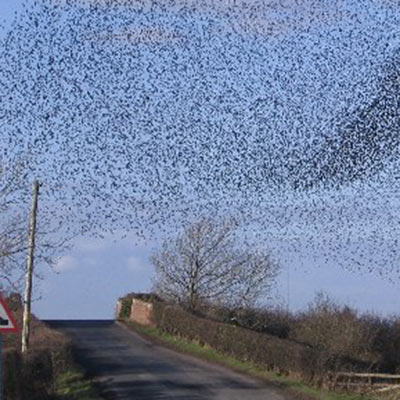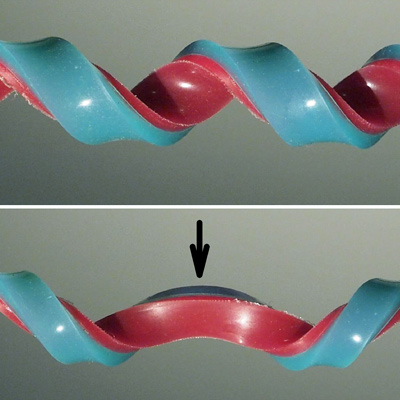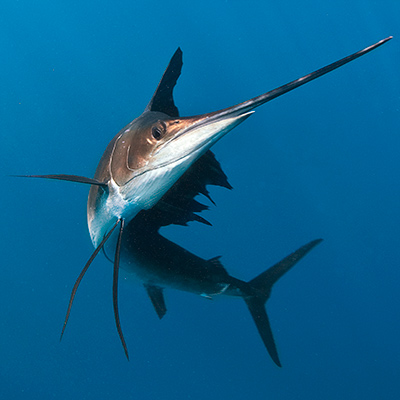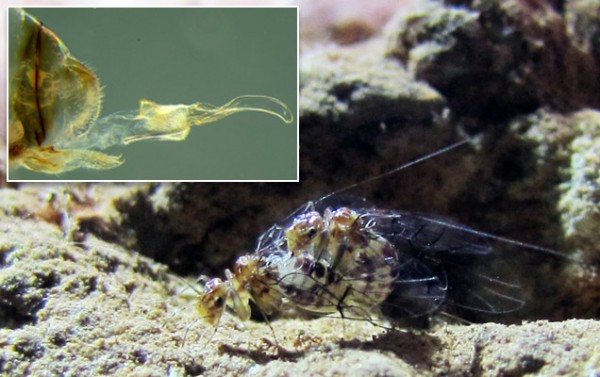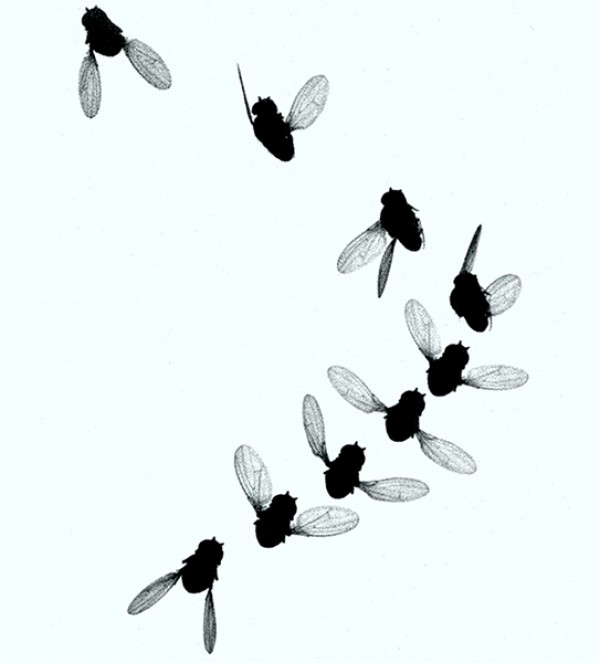Butterflies Sip Crocodile Tears
Science, May 2014Never smile at a crocodile—or sit on its face and drink its tears. Yet that’s exactly what ecologist Carlos de la Rosa spotted a butterfly and a bee doing this past December as he boated down Costa Rica’s Puerto Viejo River.

